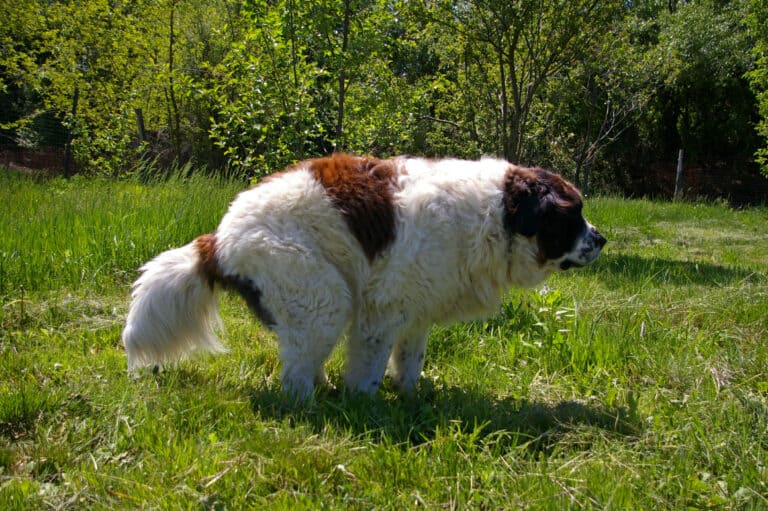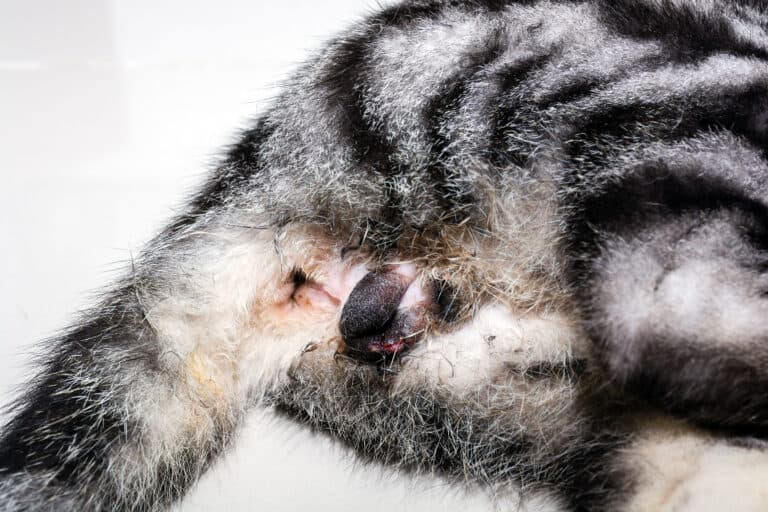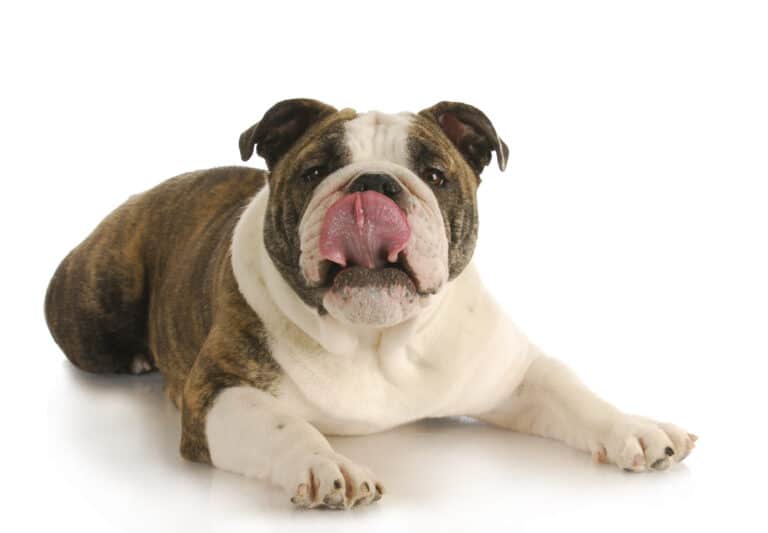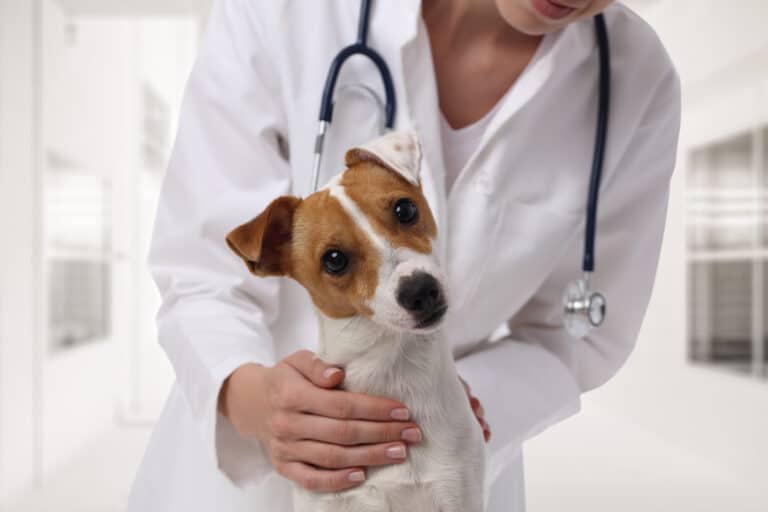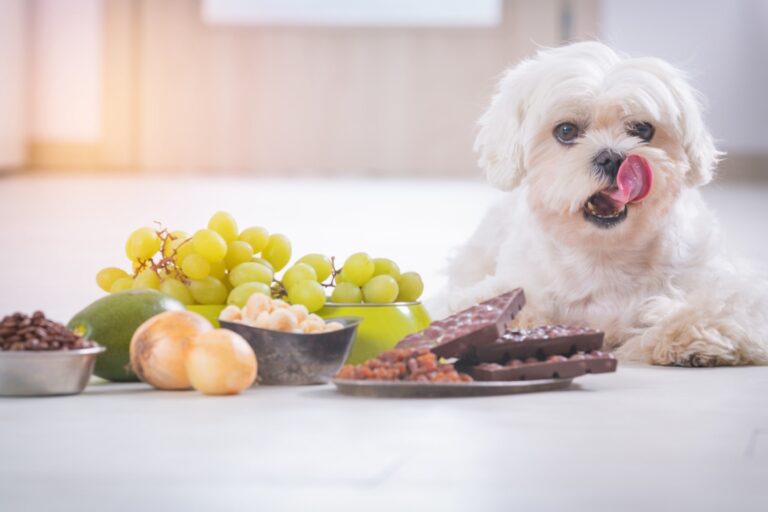Good and Bad Eating Habits of Your Dog That You Must Know
Last Updated on March 23, 2023 by Evan
We all know that our furry friends need to eat healthy, but did you know that there are good and bad eating habits for dogs? Just like us, they can get into some unhealthy behaviors when it comes to food. Here are some things to watch out for:

Contents
- 1 Why good and bad eating habits are important for your dog
- 2 How to tell if your dog has good or bad eating habits
- 3 The consequences of good and bad eating habits in dogs
- 4 How to change bad eating habits in dogs
- 5 The benefits of good eating habits in dogs
- 6 Common mistakes people make when trying to develop good eating habits in their dogs
- 7 The importance of monitoring your dog’s eating habits
Why good and bad eating habits are important for your dog
It’s important to develop good eating habits for your dog for several reasons. Good eating habits can lead to a healthy weight, fewer problems with digestion, and less likelihood of developing obesity or other medical conditions. Additionally, well-behaved dogs who have been taught good eating habits are less likely to beg or steal food from family members or guests.
On the other hand, bad eating habits can contribute to obesity, digestive problems, and other medical conditions. Dogs who beg or steal food are also more likely to develop bad habits such as jumping up on people or counter surfing. Lastly, bad eating habits can be contagious – if one dog in the household is begging or stealing food, the others may learn to do the same.
How to tell if your dog has good or bad eating habits
There are a few ways to tell if your dog has good or bad eating habits. If your dog is eating too much, you may notice that they are gaining weight. You can also check their stool to see if it is hard or soft. If it is hard, this could be a sign that they are not getting enough nutrients. If it is soft, this could be a sign that they are getting too many calories. Another way to tell if your dog has good or bad eating habits is by their energy level. If your dog seems tired all the time, this could be a sign that they are not getting enough exercise.
The consequences of good and bad eating habits in dogs
Like humans, dogs need a balanced diet to stay healthy. What may be good for one dog may not be good for another, so it’s important to know what to feed your dog and how much.
Overfeeding your dog can lead to obesity, which can cause a host of health problems, including joint pain, diabetes, respiratory problems and shortened life expectancy. On the other hand, underfeeding your dog can also cause health problems, including muscle loss, decreased immune function and organ damage. Consider taking preventive care pet insurance for your pet friend so that you’re prepared for any sort of emergency situation. In that way, you will be able to take good care of your pet without worrying about the bills in case anything bad happens.
It’s important to find a balance that works for your dog. A good place to start is by feeding them the recommended amount of food for their age, weight and activity level according to the guidelines set by the Association of American Feed Control Officials (AAFCO). You should also consult with your veterinarian to make sure you are feeding your dog the right type and amount of food.
How to change bad eating habits in dogs
If your dog has developed some bad eating habits, such as begging for food at the table or stealing food from the counter, there are some things you can do to help him learn proper behavior. Dogs are intelligent creatures and can be taught new behaviors with patience and consistency.
One of the best ways to change bad eating habits in dogs is to provide them with their own food and water bowls in a designated area of the house. This will help them understand that they have their own food and that they should not be begging for human food. It is also important to make sure that the bowls are always filled with fresh, clean water.
Another way to change bad eating habits in dogs is to feed them on a regular schedule. Dogs should be fed two or three times per day, depending on their age and activity level. If they are used to eating whenever they want, it may take some time for them to adjust to a new feeding schedule. However, once they realize that they will always have food available, they will be less likely to beg for human food or steal food from the counter.
It is also important to make sure that your dog’s diet is balanced and nutritious. A healthy diet will help your dog maintain a healthy weight, which can prevent obesity-related health problems. Talk to your veterinarian about the best type of food for your dog’s individual needs.
If you are consistent with these tips, you will soon see a change in your dog’s eating habits. Remember, it may take some time and patience, but your dog can learn proper behavior with positive reinforcement.
The benefits of good eating habits in dogs
A healthy diet is important for all dogs, but it’s especially crucial for puppies. Dogs need the right balance of nutrients to grow and develop properly. A pup’s diet should contain a healthy mix of proteins, fats, carbohydrates, vitamins, and minerals.
Puppies have high energy needs and require more calories per pound of body weight than adult dogs. They also need more fat and protein to support their rapid growth. For these reasons, puppies should eat a specially formulated puppy food until they reach adulthood.
Adult dogs need about 30% protein in their diet, puppies need about 50% protein to support their growth. Puppies also require more fat than adult dogs. Puppies should get about 8% of their calories from fat, while adult dogs only need about 5% fat in their diet.
Common mistakes people make when trying to develop good eating habits in their dogs
There are a lot of common mistakes people make when trying to develop good eating habits in their dogs. Most of these mistakes stem from a misunderstanding of how the digestive system of a dog works.
The first mistake is feeding table scraps to your dog. Dogs are scavengers by nature and will eat just about anything, but that doesn’t mean that they should. Table scraps are often high in fat and calories, which can lead to weight gain and other health problems.
Another mistake is not providing enough variety in your dog’s diet. Dogs need a balance of proteins, fats, carbohydrates, vitamins, and minerals to remain healthy. If you’re only feeding your dog one type of food, chances are they’re not getting all the nutrients they need.
Another common mistake is overfeeding your dog. It’s important to measure the amount of food you’re giving your dog carefully, because it’s easy to overdo it. Most dogs need between 1/2 and 1 cup of food per day, depending on their size and activity level.
Finally, another mistake people make is not letting their dog exercise enough. All dogs need daily exercise, but some breeds require more than others. Exercise helps burn calories and keep weight down, which is important for maintaining good health.
The importance of monitoring your dog’s eating habits
A healthy dog is a happy dog. But just like humans, our furry friends need to watch what they eat. From table scraps to poisonous plants, there are a lot of things that can be harmful (and even deadly) to dogs if they consume them.
As a pet owner, it’s important to be aware of both good and bad eating habits of your dog so you can prevent them from getting sick. Here are some tips on what to feed your dog — and what to avoid.
Good eating habits for dogs
When it comes to your dog’s diet, moderation is key. A well-balanced diet for a grown adult dog should consist of approximately 20% protein, 5% fat, and 75% carbohydrates. Puppies need more calories and so their diet should be around 30% protein, 10% fat, and 60% carbohydrates.
It’s also important to make sure your dog is getting enough vitamins, minerals, and water in their diet. A good way to do this is by feeding them commercially prepared dog food that has been approved by the Association of American Feed Control Officials (AAFCO).
Some people choose to feed their dogs a raw diet or homemade cooked meals. If you go this route, make sure you do your research beforehand as it’s very easy to make mistakes that could lead to your dog becoming malnourished.
As a responsible dog owner, it’s important to ensure that your furry friend is receiving a healthy and balanced diet. While it’s tempting to spoil them with treats and table scraps, it’s essential to be mindful of their eating habits and make sure that they’re getting the nutrients they need to thrive.
Rawhide for dogs can be a great treat, but it’s important to monitor their consumption to avoid any potential health issues.
Bad eating habits for dogs
Just like with humans, there are certain foods that dogs should avoid altogether as they can cause everything from an upset stomach to organ failure. These include:
-Chocolate: Contains theobromine which can cause vomiting, diarrhea, panting, excessive thirst, urination, tremors, seizures and even death in severe cases. The darker the chocolate, the more dangerous it is.
-Coffee: Contains caffeine which can cause restlessness, increased heart rate, vomiting and diarrhea.
-Alcohol: Even small amounts of alcohol can lead to vomiting, diarrhea, decreased coordination, central nervous system depression (drowsiness), tremors and difficulty breathing. In severe cases it can cause coma and death.
-Grapes & raisins: Can cause kidney failure in dogs leading to lethargy, loss of appetite and vomiting. In severe cases it can be fatal. -Macadamia nuts: Causes weakness in the hind legs followed by paralysis within 12 hours of consumption as well as vomiting and fever


